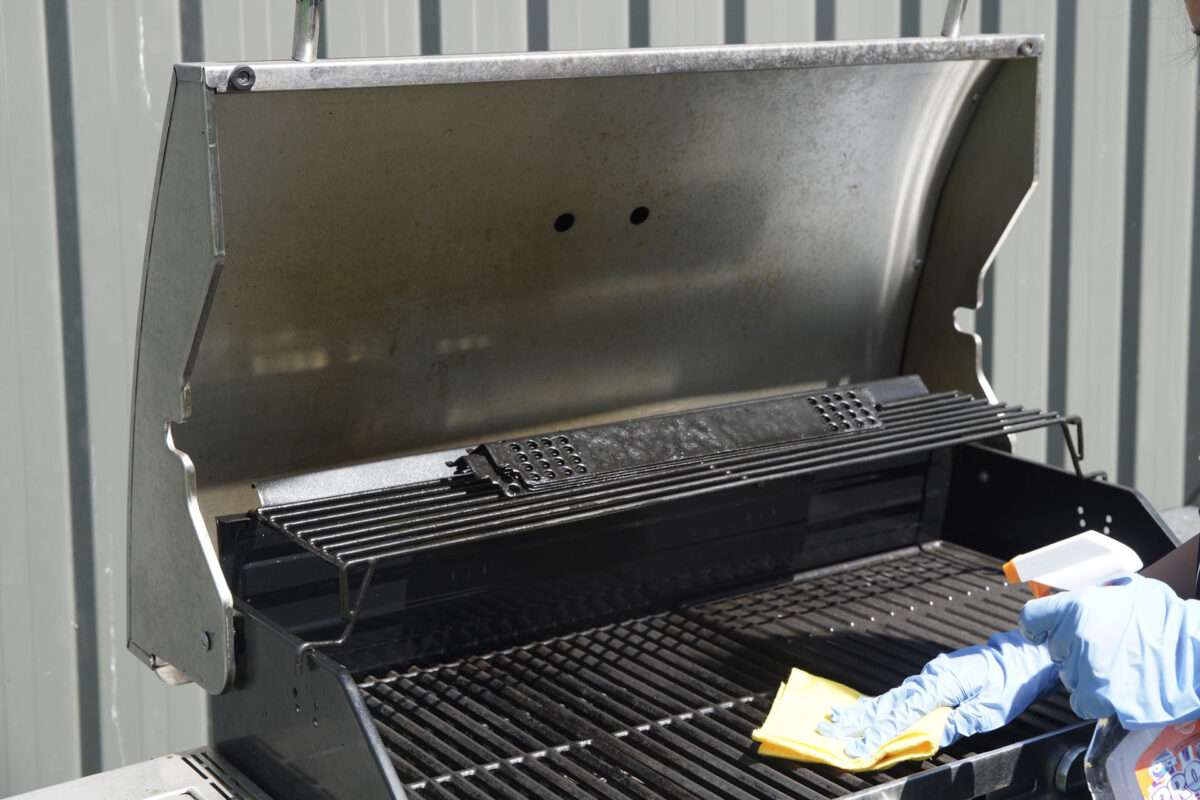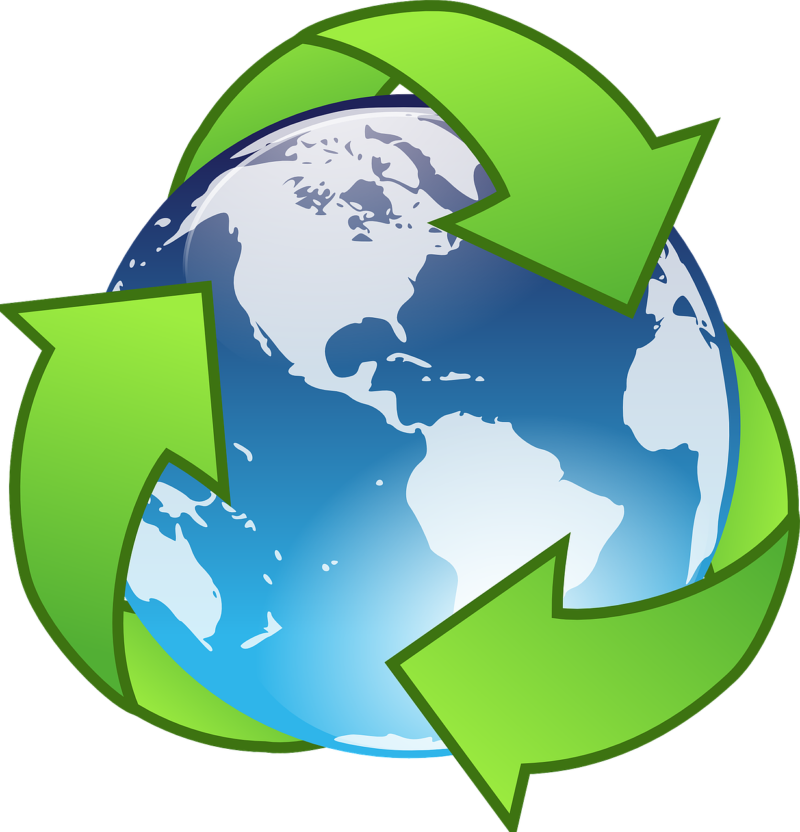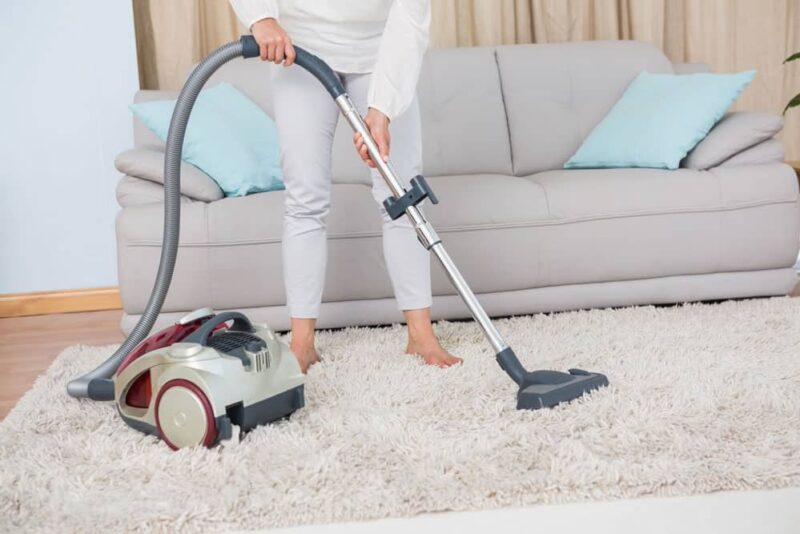How To Clean A Stove Top

Whether you’re an experienced chef or just someone who likes to keep their kitchen spotless, a clean stove top is essential for hygiene. Over time, stove tops can accumulate a buildup of grease, food particles and grime, which looks unsightly and can affect the performance of your stove. In this guide, we’ll walk you through the steps on how to clean stove top surfaces, including both electric stove tops and gas stove tops.
How to clean an electric stove top
Electric stove tops are known for their smooth surface, which can be easier to clean than their gas counterparts. However, they still require regular maintenance. Before you get started, here’s a list of equipment you need to clean an electric stove top:
- Non-abrasive cloth or sponge
- Kitchen cleaner or soap
- Baking soda
- White vinegar
- Soft brush (optional)
- Dry towel
Here’s a step-by-step guide to help you clean your stove:
- Before you clean a stove top that is electric, ensure that it is completely cool to avoid any burns or damage to the surface.
- If your electric stove has coils, carefully lift and unplug them. Wipe the coils with a damp cloth, but never immerse them in water. For tough residue, use a mild cleanser and a soft brush, then allow them to dry completely before reattaching them.
- Using a gentle kitchen cleaner or a mixture of soap and water, wipe down the surface of the stove top. For a more natural approach, you can use a solution of equal parts white vinegar and water as a cleaning agent. Avoid using abrasive cleaners or pads that can scratch the surface.
- For areas with stubborn stains, sprinkle some baking soda directly onto the stain and gently scrub with a soft sponge.
- After you’ve finished scrubbing, take a clean, dry cloth and buff the surface of the stove top to remove any streaks and get a clean stove.
How to clean a gas stove top
Cleaning cooktop surfaces on a gas stove can be a bit more challenging due to the grates and burners, but with the right approach, you can keep it looking its best. Before you get started, here’s a list of equipment you need:
- Grate cleaner or degreaser
- Dish soap
- Non-abrasive scrub brush or sponge
- Baking soda
- White vinegar
- Pin or wire (for burners)
- Cleaning cloths
Once you’ve gathered your equipment, you can get a clean stove top by following these steps:
- Start by removing the grates and burner caps. These can usually be washed with hot, soapy water. For tougher grime, let them soak in a soapy solution before scrubbing gently. Dry them thoroughly before placing them back on the stove.
- Using a sponge or cloth, wipe down the surface of the gas stove top. Use a non-abrasive cleaner or a homemade mix of vinegar and baking soda to avoid scratching the surface.
- Ensure the burners are cool and wipe away any loose debris. For clogged burner holes, use a pin or a small wire to remove any blockages, ensuring a consistent flame.
- If you encounter stubborn stains, a paste made from baking soda and water can be applied. Leave it on the stain for a few minutes before scrubbing gently with a sponge.
- Once you’ve finished cleaning, rinse the surface with a clean, damp cloth to remove any cleaning residue. Dry with a towel to prevent streaking and to give the stove top a polished look.
How to clean a stove top with stubborn stains
Over time, stubborn stains may build up on your stove, such as grease and oil buildup, burnt-on food residue and mineral deposits. In this section, we’ll tackle how to clean stove top surfaces that are suffering from these common issues.
Grease and oil buildup
When it comes to cleaning cooktop areas affected by grease and oil, the key is to use a degreaser that can dissolve these stubborn substances without harming the surface of your stove.
- For an electric stove top — Apply a kitchen degreaser or a mixture of hot water and dish soap to the fatty areas. Let it sit for a few minutes to break down the grease.
- For a gas stove — You may need to remove the grates and soak them in a degreasing solution separately to effectively clean stove top components.
After the degreaser has had a chance to work, use a non-abrasive sponge to gently scrub the area. Wipe the surface clean with a damp cloth, and then dry with a towel.
Burnt-on food residue
Burnt-on food can be difficult to remove, but with the right approach, you can get a clean stove. These steps are appropriate for both electric and gas stoves.
- Create a paste of baking soda and water and apply it directly to the burnt-on area. Baking soda is mildly abrasive and will help lift the food without scratching your clean stove top.
- Let the paste sit for at least 10 minutes. For extremely stubborn residue, cover the paste with a damp cloth and let it sit for up to an hour.
- Use a plastic scraper or a wooden spoon to gently lift the burnt food from the surface.
- Once the residue is removed, wipe the area with a clean, damp cloth to remove any leftover baking soda.
Mineral deposits and stains
Mineral deposits, often characterised by white or rust-like stains, can form from hard water and can detract from the appearance of your electric stove top or gas stove.
- For an electric stove top — To clean an electric stove top with mineral stains, mix equal parts white vinegar and water in a spray bottle. Spray the solution onto the mineral stains and let it stand for a few minutes. The acidity of the vinegar helps dissolve mineral deposits.
- For a gas stove — Remove the grates and spray them with the vinegar solution. For the cooktop surface, apply the vinegar solution with a cloth to avoid damaging the gas components.
- After the solution has had time to work, scrub the area with a non-abrasive sponge. Rinse the area with a clean, damp cloth and then dry with a towel for a clean stove.
How often should you clean a stove top?
The frequency of cleaning a stove top can depend on how often it’s used and what types of foods you are cooking. However, follow these general guidelines:
- Daily maintenance — Wipe down the stove top after each use. Doing so can prevent grease and food particles from accumulating and causing stubborn stains. A simple pass with a damp cloth or a kitchen wipe can remove fresh spills and prevent them from hardening.
- Weekly cleaning — Aim to clean your stove top once a week. This involves using a cleaning agent to break down grease and ensuring that any spills from the week are fully cleaned. If you use your stove less frequently, this could be done bi-weekly.
- Monthly deep clean — Once a month, set aside some time for a deep cleaning cooktop session. This includes taking apart any removable parts such as knobs, grates, drip pans and burner caps and soaking them in soapy water or a degreasing solution. It’s also a good time to address any stubborn stains that may not have been fully removed during the weekly clean.
Contact Jim’s Cleaning for all your cleaning needs
Are you trying to get rid of persistent stains on your stove top? Let us take care of cleaning your cooktop and all your other cleaning requirements. Whether you’re in need of comprehensive vacate cleaning services to secure your bond or a thorough home cleaning to refresh your living space, our team of insured, police-vetted cleaning experts can do it all. Ready for a clean slate? Contact us for a free quote today.



